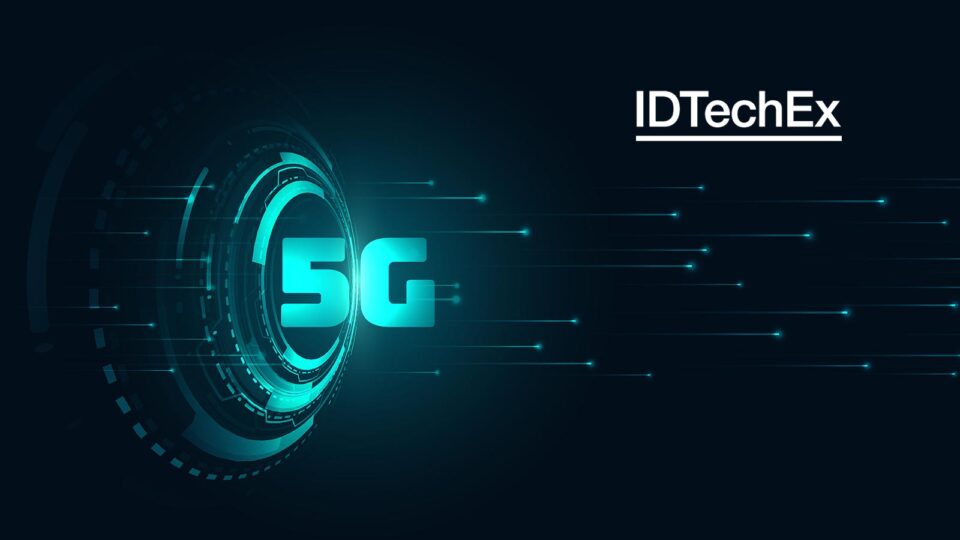5G deployment is in full swing with mid-band infrastructure installed by the end of 2021 representing nearly 6 times what it was in 2019. However, this doesn’t mean that all of the challenges have been solved. Much of the 5G infrastructure is repurposed 4G equipment at lower frequency bands. The real transition to 5G comes from the adoption of higher frequencies which have largely been categorized into sub-6 GHz and mmWave (> 20 GHz) bands. One of the key challenges is thermal management. As 5G deployment transitions to higher frequency, the antenna design, technology, and material choices transition too. This will impact several factors such as the semiconductor technology, the associated die attach materials, and thermal interface materials.
Top iTechnology Networking News: o9 Solutions Helps Marelli Digitally Transform Its Business
Whilst sub-6 GHz 5G may not provide the astonishing speeds and applications often publicized for 5G, it plays a crucial role in achieving coverage over large areas. Some of this is accounted for in lower bands more comparable to historic 4G but as we push above 4 GHz, the historic LDMOS (laterally-diffused metal-oxide semiconductor) power amplifiers begin to struggle with efficiency. This is where wide bandgap semiconductors like GaN (gallium nitride) start to shine. We have started to see GaN being adopted by players like Huawei in their 4G infrastructure. We are expecting GaN to take a greater market share in 5G and with GaN comes a transition in the die attach technology. In fact, IDTechEx is predicting that GaN power amplifiers will see a 4 fold increase in yearly demand over the next 10 years for 5G infrastructure. AuSn is the typical die attach material for GaN today, but we foresee an opportunity for sintered pastes as a replacement with their improved thermal performance as addressed in the latest report from IDTechEx, “Thermal Management for 5G 2022-2032”.
Top iTechnology Cloud News: Infinite Blue Forms Partnership with Footprint Africa Business Solutions (FABS)
mmWave is the high-frequency technology that can deliver on the potentially wonderous applications of 5G with incredible download speeds and ultra-low latency. The challenge comes with signal propagation, as the frequency increases so does the attenuation of the signal, leading to reduced range and easy blocking by walls, windows, and even severe weather conditions. To increase the antenna gain, the number of antenna elements will increase, but thanks to the smaller wavelength, the antenna units themselves will shrink. This leads to a much more tightly packed array of power amplifiers and beamforming electronic components and with that, a greater thermal management challenge. Thanks to the greater number of antenna elements, the power demand on each amplifier can potentially be reduced, but the highly compact nature of the electronics will lead to greater integration of components and likely rely more on silicon based technologies. However, mmWave small cells will require greater deployment numbers to provide sufficient coverage and due to their deployment scenarios, are unlikely to be able to utilize active cooling methods, combining this with the densification of beamforming components will present greater requirements for solutions like thermal interface materials.
Another popular technology for 5G is massive MIMO, enabling infrastructure to serve more terminals in the same frequency band. This increases the number of RF chains per installation, beamforming capabilities, and the number of antenna elements used in networks. The result is an increase in the materials required for the antenna PCB, power amplifiers, beamforming components, and many more. Massive MIMO also drives data transfer rates and channels higher leading to a greater requirement on baseband processing units, power consumption, and hence greater market opportunities for thermal interface materials.
IDTechEx’s latest report on “Thermal Management for 5G” addresses the trends in 5G deployment and how this impacts the antenna design, choice of semiconductor technology, die attach materials and thermal interface materials. Both technological aspects and market forecasts are included for the next 10 years. Additionally, it considers many smartphones and how the incorporation of 5G is impacting thermal materials (interface and heat spreaders)
Top iTechnology IT and DevOps News: Jio Platforms Ltd and SES Announce Joint Venture to Deliver High-Performance Satellite-Based Broadband Services Across India
[To share your insights with us, please write to sghosh@martechseries.com]


